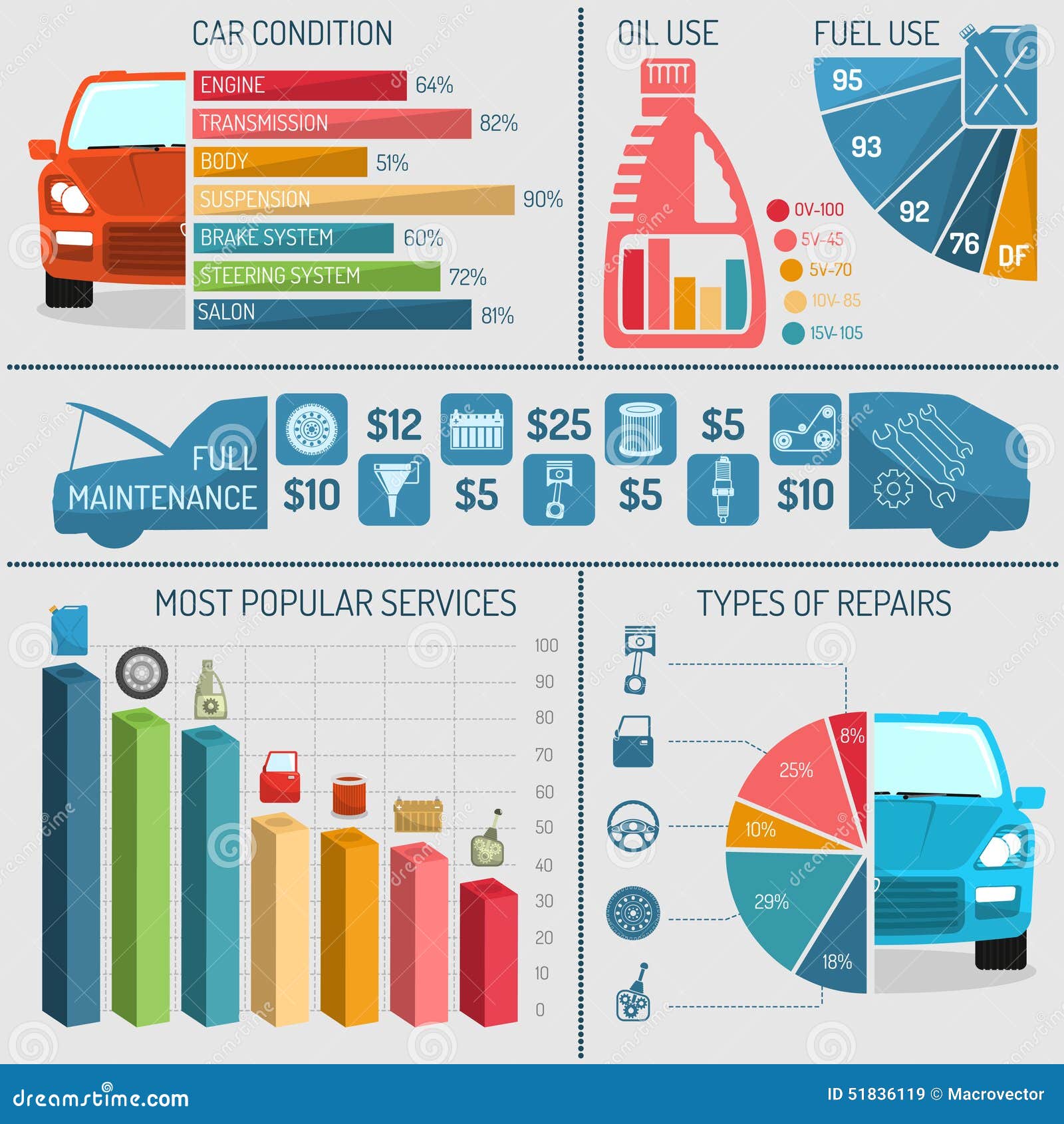Wondering Concerning The Significance Behind Those Dashboard Caution Lights? Gain Understandings Right Into Their Implications For Your Automobile'S Safety And Security And Maintenance
Wondering Concerning The Significance Behind Those Dashboard Caution Lights? Gain Understandings Right Into Their Implications For Your Automobile'S Safety And Security And Maintenance
Blog Article
dwtailingauckland By-Lim Stark
When you're behind the wheel, those beautiful warning lights on your dashboard can be a bit puzzling. Do you know what they're trying to inform you about your automobile's health and wellness? Understanding the relevance of these lights is crucial for your security and the longevity of your automobile. So, the following time among those lights pops up, would not you intend to understand its message properly and take the essential actions to address it?
Common Caution Lights and Interpretations
Determine usual warning lights in your automobile and recognize their definitions to guarantee secure driving.
https://cesarqlgau.get-blogging.com/30778414/the-future-of-car-repair-fads-to-look-out-for-in-the-coming-years include the check engine light, which indicates problems with the engine or exhausts system. If this light comes on, it's essential to have your lorry examined quickly.
The oil pressure advising light indicates reduced oil pressure, calling for immediate focus to stop engine damages.
A flashing battery light could suggest a defective charging system, potentially leaving you stranded if not attended to.
car steam cleaning (TPMS) light notifies you to reduced tire stress, impacting car security and fuel efficiency. Disregarding this could bring about risky driving problems.
The abdominal muscle light indicates an issue with the anti-lock braking system, jeopardizing your ability to quit swiftly in emergencies.
Lastly, the coolant temperature level warning light warns of engine getting too hot, which can cause severe damage if not solved swiftly.
Understanding these typical caution lights will certainly assist you resolve concerns immediately and maintain secure driving problems.
Relevance of Prompt Interest
Comprehending the typical caution lights in your cars and truck is only the initial step; the importance of immediately addressing these warnings can't be stressed sufficient to guarantee your safety and security on the road.
When a caution light illuminates on your control panel, it's your auto's means of connecting a potential problem that needs focus. Ignoring these cautions can bring about extra extreme troubles down the road, compromising your safety and security and potentially costing you extra out of commission.
Trigger attention to alerting lights can protect against failures and crashes. For example, a flashing check engine light can suggest a misfire that, if left ignored, can cause damages to the catalytic converter. Resolving this quickly can conserve you from an expensive fixing.
Likewise, Suggested Resource site cautioning light may signal reduced brake fluid or used brake pads, vital components for your security when driving.
Do It Yourself Troubleshooting Tips
If you notice a warning light on your control panel, there are a couple of DIY troubleshooting pointers you can try before seeking professional aid.
The initial step is to consult your automobile's guidebook to recognize what the specific warning light shows. Sometimes the problem can be as easy as a loose gas cap activating the check engine light. Tightening the gas cap might solve the issue.
An additional common concern is a reduced battery, which can set off different warning lights. Checking the battery links for corrosion and guaranteeing they're protected may deal with the issue.
If a warning light lingers, you can try resetting it by detaching the vehicle's battery for a few minutes and afterwards reconnecting it. Furthermore, checking your automobile's fluid degrees, such as oil, coolant, and brake fluid, can aid troubleshoot cautioning lights related to these systems.
Verdict
In conclusion, comprehending your cars and truck's caution lights is important for maintaining your car running smoothly and securely. By promptly attending to these signals and recognizing what they imply, you can stay clear of pricey repair services and potential break downs.
Remember to consult your cars and truck's handbook for certain information on each alerting light and take action accordingly to make sure a trouble-free driving experience.
Keep notified, stay safe when traveling!
